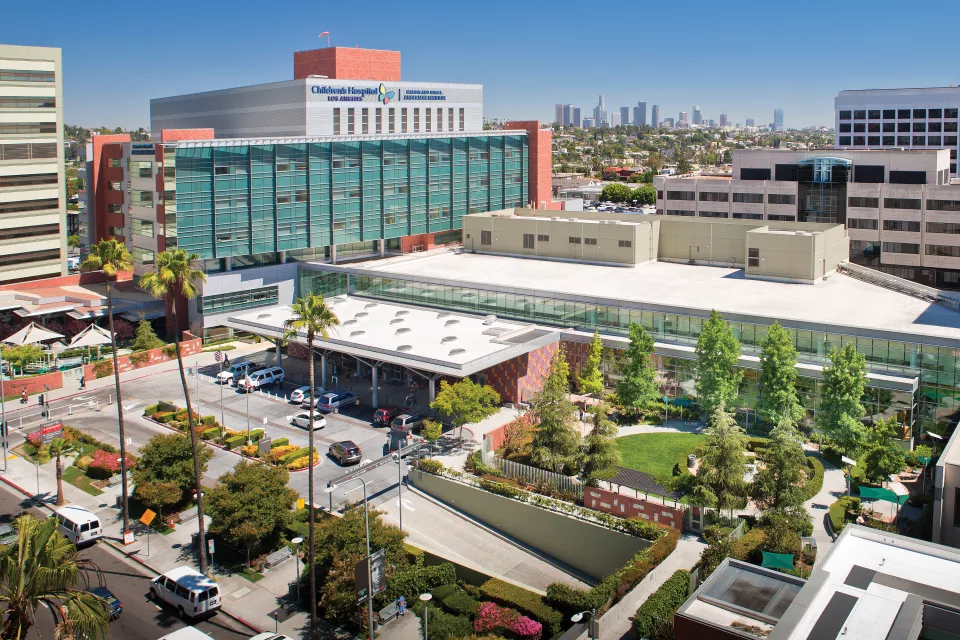Intestinal atresia is a blockage of the intestine that is present at birth. Most commonly, this occurs in the small intestine; however, it can also happen in the area directly after the stomach (duodenal atresia), or in the large intestine (colon atresia).
Because babies are born with this blockage, it must be treated promptly in order for the child to be able to eat and grow. Intestinal atresia is suspected when newborns show signs of obstructed intestine such as vomiting, a distended abdomen, inability to tolerate feeding, or enlarged bowel visible on x-ray.
Sometimes the enlarged bowel, located above the area where the intestine is obstructed, can be seen on prenatal ultrasounds. Ultrasounds may also reveal polyhydramnios, extra amniotic fluid surrounding the baby because the fluid is not transiting the baby’s intestine.
Duodenal atresia in particular is associated with Down syndrome, and more than one-third of babies with duodenal atresia will have Down syndrome. The treatment of intestinal atresia includes relieving the obstruction so that the intestine is continuous and unobstructed.
